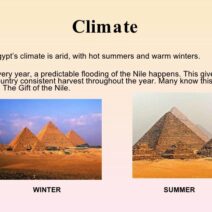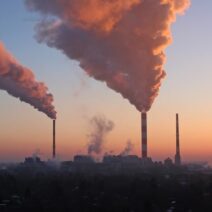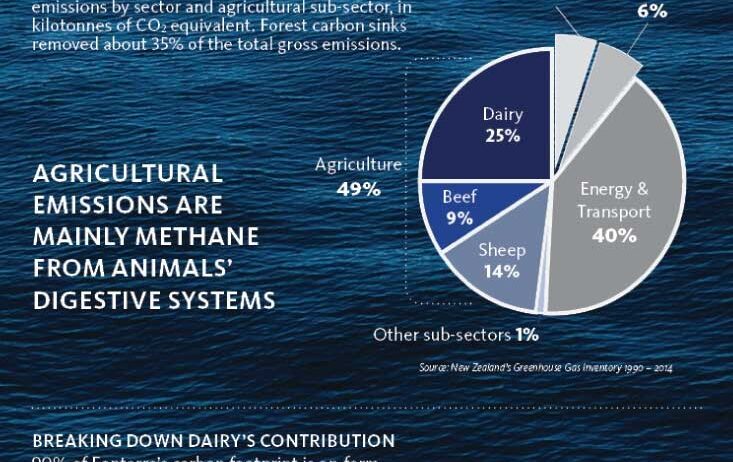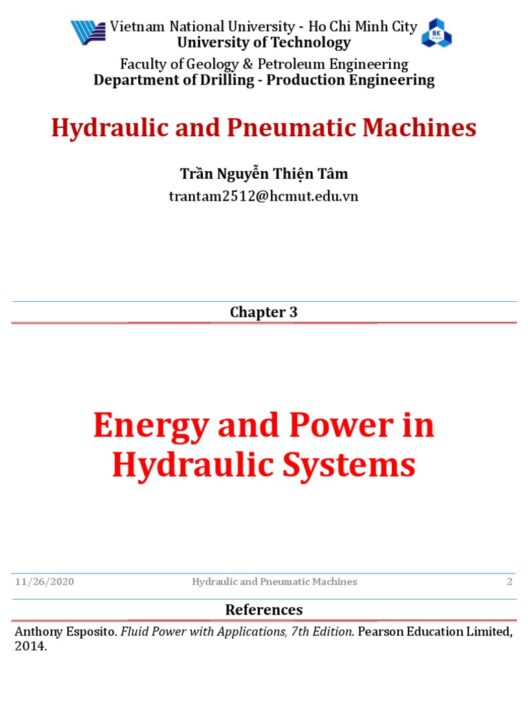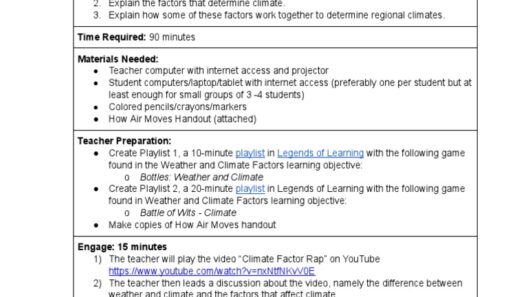Climate change—a term often wielded in debates and discussions, yet frequently misunderstood by many. What exactly does it entail, and why is it crucial for every individual to grasp its nuances? Engaging with this topic invites a myriad of questions, but let us pose a particularly playful one: have you ever considered how a single event in nature can reverberate through the environment, influencing ecosystems across the globe? This notion hints at the complexity and interconnectedness that underpins our planet’s climate system.
At its core, climate change refers to significant alterations in temperature, precipitation, and other atmospheric conditions that persist over extended periods. Typically, the discourse pivots around the increase in global temperatures primarily driven by anthropogenic activities. Such activities include the combustion of fossil fuels, deforestation, and industrial processes, all of which release greenhouse gases (GHGs) into the atmosphere. These gases, which include carbon dioxide, methane, and nitrous oxide, trap heat—an effect aptly illustrated by the greenhouse analogy.
To understand climate change more profoundly, we must delve into its primary components: the natural greenhouse effect and the enhanced greenhouse effect. The natural greenhouse effect is essential for making Earth habitable. Solar radiation reaches the Earth, where some is absorbed and warms the planet, and the rest is reflected back into space. However, GHGs in the atmosphere trap some of this outgoing energy, keeping our planet warm enough to sustain life.
Sadly, human-induced activities have exacerbated this natural phenomenon, resulting in the enhanced green effect. Picture this: as more GHGs accumulate in the atmosphere due to human activities, they create a thicker blanket around the Earth, leading to increased thermal retention and consequently rising global temperatures. The average global temperature has risen by about 1.1 degrees Celsius since the late 19th century, a change that manifests in various ways across different geographies.
Think about how this slight rise in temperature can translate into significant transformations. Altered weather patterns lead to phenomena such as more intense hurricanes, prolonged droughts, and shifting agricultural zones. Indeed, it invites the question: can our agricultural practices adapt to such changes, or are we lurching towards a food security crisis? The answer is not straightforward, but it highlights a pressing challenge faced by societies worldwide.
The implications of climate change extend beyond the meteorological realm. Consider the cascading effects on biodiversity. Ecosystems, which rely on a delicate balance of species interactions, are increasingly disrupted. As temperatures rise, many species strive to adapt by migrating to cooler habitats. However, not all can move, and some may face extinction. For instance, polar bears, symbols of melting ice, illustrate the vulnerability of species dependent on specific environmental conditions.
The polar regions are often the first to exhibit the dire consequences of climate change. Melting ice caps not only threaten species but also contribute to rising sea levels. An alarming aspect of this phenomenon is that sea levels have risen by about 8-9 inches since the late 19th century, primarily due to thermal expansion and the melting of ice sheets. Coastal communities find themselves in precarious situations, forced to contend with flooding, land erosion, and the salinization of freshwater sources. The challenge becomes more pronounced when we consider the sociopolitical ramifications: how will nations respond to mass migrations caused by these environmental changes?
Human health is yet another domain significantly impacted by climate change. The relationship between climate and health is intricate. Higher temperatures can lead to an increase in heat-related illnesses, particularly among vulnerable populations. Additionally, climate change exacerbates air quality issues; for instance, fluctuations in weather patterns can lead to heightened smog and increased allergen production, leading to respiratory issues. The question arises: how prepared are healthcare systems to handle the potential influx of climate-related health issues?
Addressing climate change requires an ambitious and multifaceted approach. Policymakers, scientists, and activists must converge to combat this imminent crisis. Transitioning to renewable energy sources is imperative; it could substantially reduce our carbon footprint. Innovations in solar, wind, and hydroelectric energy present viable alternatives that can help curb GHG emissions. Additionally, adopting practices such as reforestation and sustainable agriculture could further ameliorate our environmental impact, facilitating a more resilient ecosystem.
However, the battle against climate change is not solely in the hands of policymakers. Each individual possesses the power to effect change through informed choices. The decisions made daily—be it opting for public transport, reducing meat consumption, or advocating for sustainable policies—collectively contribute to a substantial shift in the narrative surrounding climate change. The call for action is loud and clear: your choices matter. So, how will you respond to the challenge posed by climate change?
In summary, understanding climate change necessitates a grasp of its defining characteristics, underlying causes, and far-reaching consequences. It encompasses complex interactions that link environmental, societal, and health domains. Comprehension is the first step towards engagement and action. As we grapple with the realities of climate change, let us remain vigilant, proactive, and innovative in our responses. The myriad consequences from rising temperatures to shifting ecosystems are not merely theoretical; they are our present reality, demanding immediate attention and decisive action.

